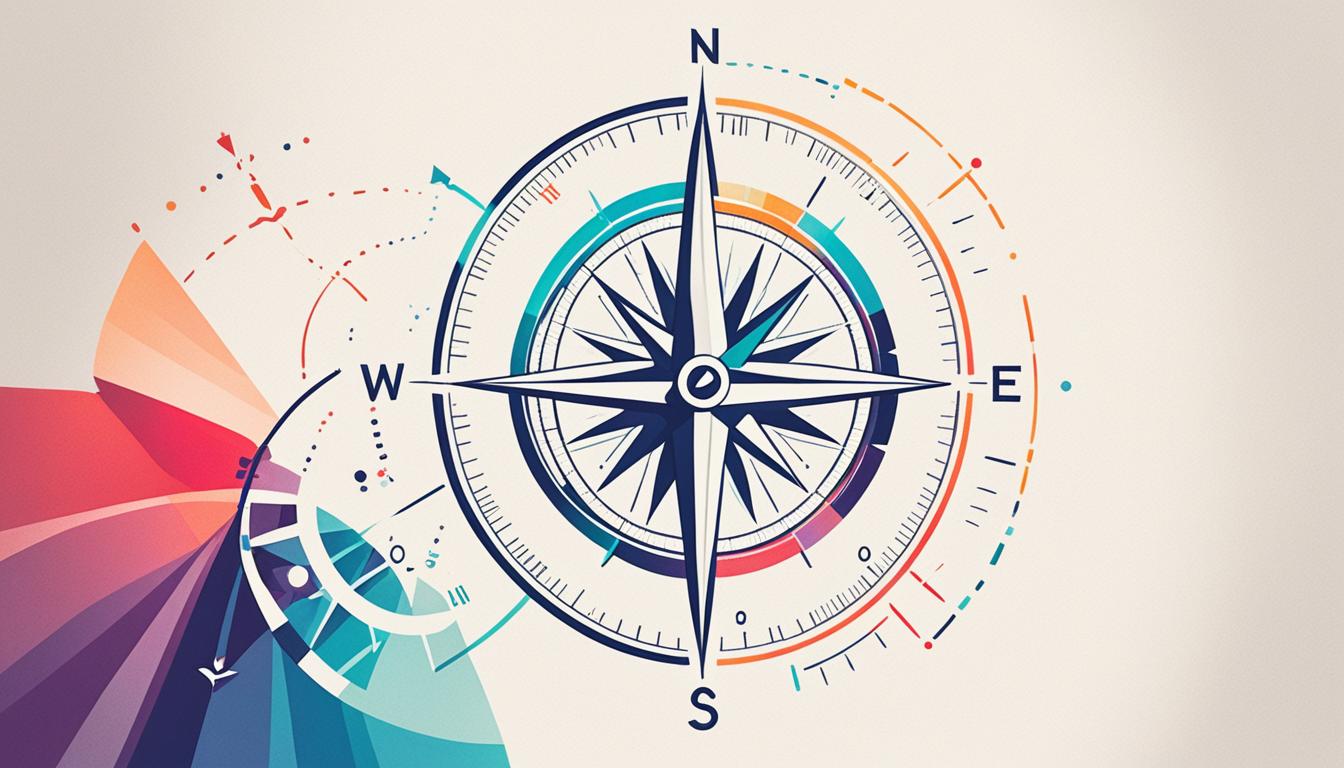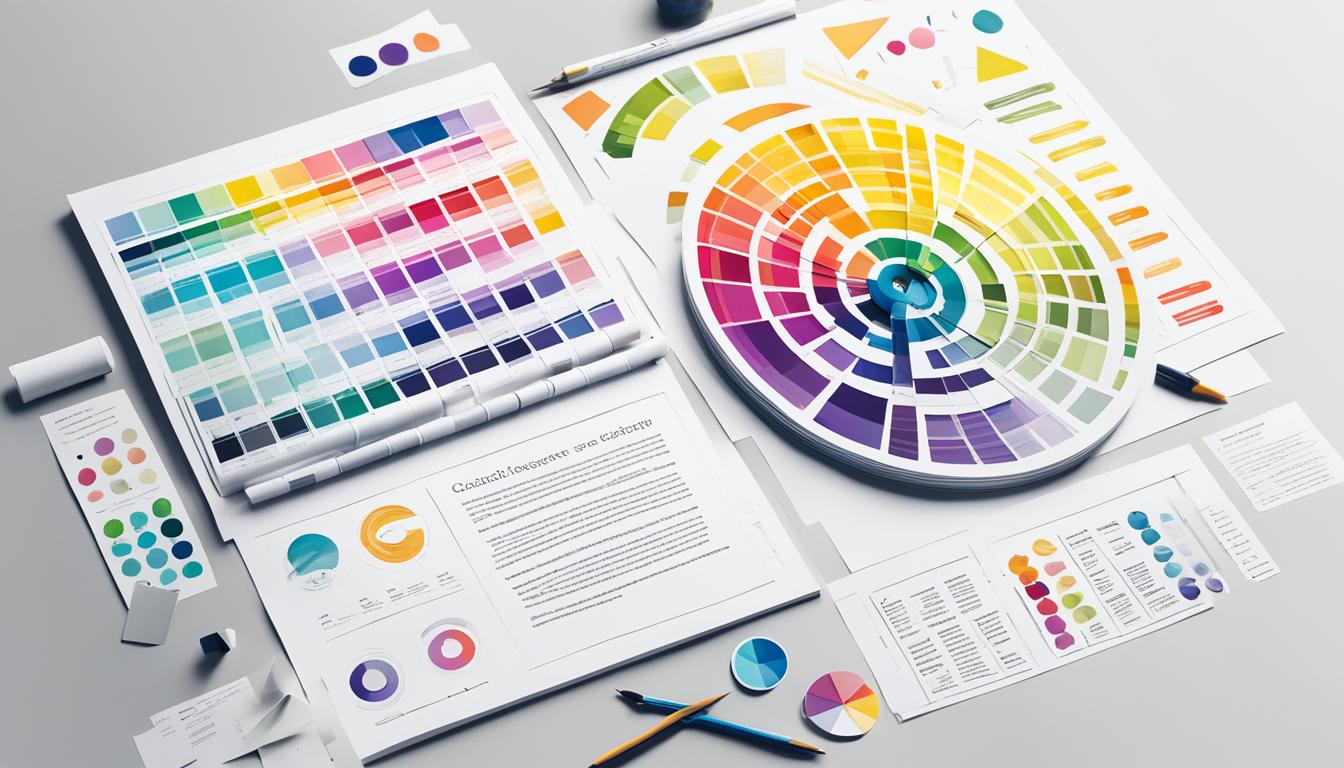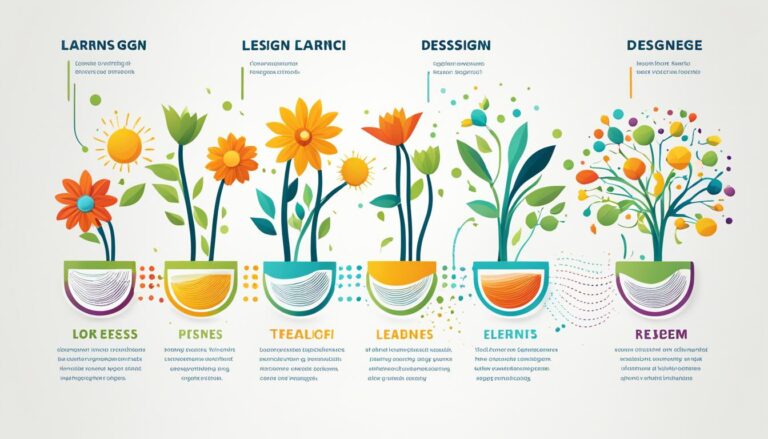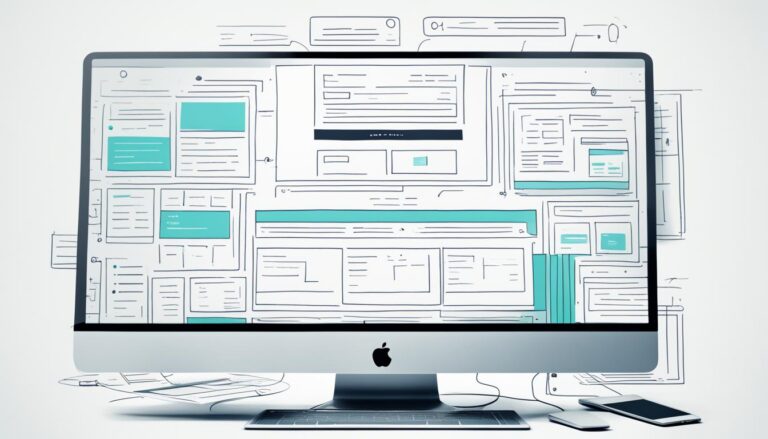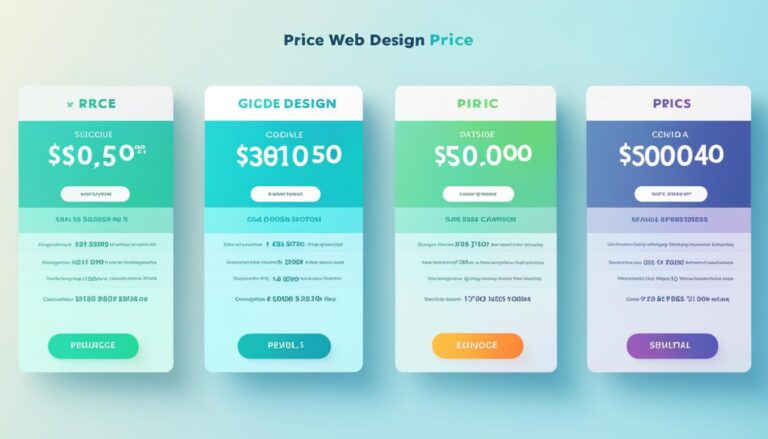Professional Logo Design Essentials – Full Guide
A great logo is a powerful tool for creating a strong brand identity. It should be instantly recognizable, memorable, and closely connected to your brand’s core values and ideas. When designing a logo, it is important to have a firm grasp of your market, buyer personas, and your company’s ethos.
There are different types of logos, including emblems, pictorial marks, wordmarks, monogram logos, abstract logo marks, mascot logos, and combination marks. Each logo type has its own characteristics, strengths, and weaknesses, so choose the variety that best aligns with your brand values and goals.
To design a logo, you need to understand your brand, brainstorm words that describe your brand, sketch ideas based on these words, test your top sketches with your buyer persona, refine your chosen sketch, and develop your logo’s layout on a free design platform. It is also important to choose versatile color options and a font that represents your brand effectively. Finally, ensure that your logo is scalable and adaptable to different platforms and devices.
By following the best practices and using the right tools, you can create a professional logo that captures the essence of your brand and leaves a lasting impression on your target audience.
Logo Design Process Step-by-Step
Designing a logo involves a systematic approach to ensure that it effectively represents your brand. By following the step-by-step logo design process, you can create a logo that resonates with your target audience and accurately reflects your brand identity.
- Understand Your Brand: Start by gaining a deep understanding of your brand. Define its story, target audience, and the emotions you want to evoke through your logo design.
- Brainstorm Words: Once you have a clear understanding of your brand, brainstorm words that describe its essence. These words will serve as the foundation for your logo design and guide your creative process.
- Create Rough Sketches: Based on the words identified in the previous step, create rough sketches of your logo ideas. Explore different concepts and variations to visualize various design possibilities.
- Refine Chosen Sketch: Select the most promising sketch from your initial concepts and refine it further. Pay attention to details, proportions, and overall aesthetics to create a polished and cohesive design.
- Develop Logo Layout: Transfer your chosen sketch to a free design platform to develop your logo’s layout. Use the platform’s tools to refine your design, experiment with different elements, and bring your vision to life.
- Choose Colors and Fonts: Carefully select colors that align with your brand’s personality and evoke the desired emotions. Additionally, choose a font that complements your brand and enhances its visual appeal.
- Ensure Scalability: It is crucial to design a logo that is scalable and adaptable to different platforms and sizes. Test your logo’s visibility and legibility across various devices and consider its placement on different marketing materials.
- Create a Style Guide: To maintain consistency and ensure proper usage of your logo, create a style guide that outlines the correct logo placement, colors, fonts, and any other design elements associated with your brand.
- Seek Feedback and Make Adjustments: Share your logo design with others, such as colleagues, clients, or focus groups, to gather constructive feedback. Use this feedback to make necessary adjustments and refine your design further.
“Design is the silent ambassador of your brand.” – Paul Rand
By following this step-by-step process, you can create a logo that not only captures the essence of your brand but also resonates with your target audience. Remember to take the time to refine your design and seek feedback to ensure that your logo represents your brand identity accurately.
| Logo Design Process | Benefits |
|---|---|
| Understanding Your Brand | Creates a solid foundation for your logo design |
| Brainstorming Words | Guides the creative process and ensures alignment with brand values |
| Creating Rough Sketches | Visualizes various design possibilities |
| Refining Chosen Sketch | Elevates the design by paying attention to details and aesthetics |
| Developing Logo Layout | Brings the vision to life using a free design platform |
| Choosing Colors and Fonts | Elicits desired emotions and reflects brand personality |
| Ensuring Scalability | Makes the logo adaptable to different platforms and sizes |
| Creating a Style Guide | Maintains consistency and proper logo usage |
| Seeking Feedback and Making Adjustments | Refines the design based on constructive feedback |
Logo Design Principles and Considerations
When it comes to logo design, there are key principles and considerations that can help you create a unique and impactful logo. By keeping these guidelines in mind, you can ensure that your logo effectively represents your brand and stands out from the competition.
Thorough Research
Before starting the design process, it is essential to conduct thorough research. Analyze your target audience and study your competitors’ logos to ensure that your design is distinctive and memorable.
Embrace Simplicity
Simplicity is key when it comes to logo design. Avoid complexity and focus on creating a clean and minimalistic logo. Simple designs are more impactful, easily recognizable, and memorable.
Strategic Use of Colors and Typography
Colors play a crucial role in evoking emotions and conveying brand personality. Choose colors that align with your brand’s identity and target audience. Additionally, select typography that complements your overall design and reflects your brand’s personality.
Scalability and Versatility
Ensure that your logo is scalable and versatile, meaning it can be used effectively across different surfaces and contexts. Your logo should look great on both large-scale applications, such as billboards or packaging, as well as smaller platforms like social media profile pictures.
Utilize Design Elements
Consider incorporating design elements like negative space, contrast, balance, movement, and proportion to enhance the aesthetic appeal of your logo. These elements can make your design visually appealing and create a strong impact.
Pre- and Post-Logo Design Considerations
Logo design is not only about the design process itself. It’s vital to think about pre- and post-logo design considerations as well. These include trademarking and registering your logo to protect your brand, updating and refreshing your logo as your brand evolves, and adapting your logo for digital use.
Incorporating these principles and considerations into your logo design process will help you create a unique and effective logo that resonates with your target audience and accurately represents your brand’s identity and values.
In Summary
When it comes to designing a professional logo, there are key points that you should keep in mind. First and foremost, it is crucial to have a deep understanding of your brand, target audience, and competition. This knowledge will guide the entire logo design process and help you create a logo that effectively represents your brand’s values and goals.
The logo design process itself consists of several steps, starting with understanding your brand and brainstorming ideas based on its essence. Sketching and refining your ideas will lead you to the final logo concept. From there, you’ll need to develop your logo’s layout using a free design platform, carefully choosing colors and typography that align with your brand’s personality.
Throughout the design process, remember the key principles of logo design, including simplicity, color, typography, scalability, and versatility. These elements are essential for creating a unique and impactful logo that stands out. Additionally, be mindful of pre- and post-logo design considerations, such as trademarking your logo and keeping it updated as your brand evolves.
By following these guidelines and considering these key points, you’ll be well-equipped to create a professional logo that captures the essence of your brand and leaves a lasting impression on your target audience.
FAQ
What makes a great logo?
A great logo is instantly recognizable, memorable, and closely connected to your brand’s core values and ideas.
What are the different types of logos?
There are different types of logos, including emblems, pictorial marks, wordmarks, monogram logos, abstract logo marks, mascot logos, and combination marks.
What is the logo design process?
The logo design process involves steps such as understanding your brand, brainstorming, sketching, refining, and developing your logo.
How should I choose colors and typography for my logo?
Choose colors that align with your brand’s personality and select a font that represents your brand effectively.
Should my logo be scalable and versatile?
Yes, it is important to ensure that your logo is scalable and adaptable to different platforms and devices.
What principles should I consider when designing a logo?
Consider principles such as simplicity, strategic use of colors and typography, scalability, balance, movement, and proportion.
What pre- and post-logo design considerations should I keep in mind?
Consider trademarking and registering your logo, updating and refreshing your logo as your brand evolves, and adapting your logo for digital use.
